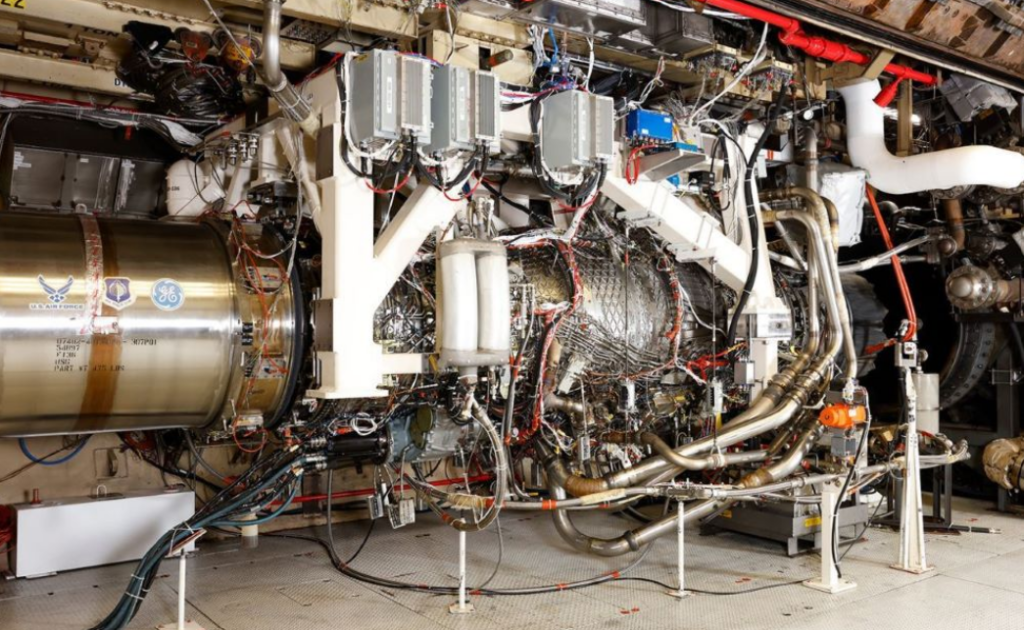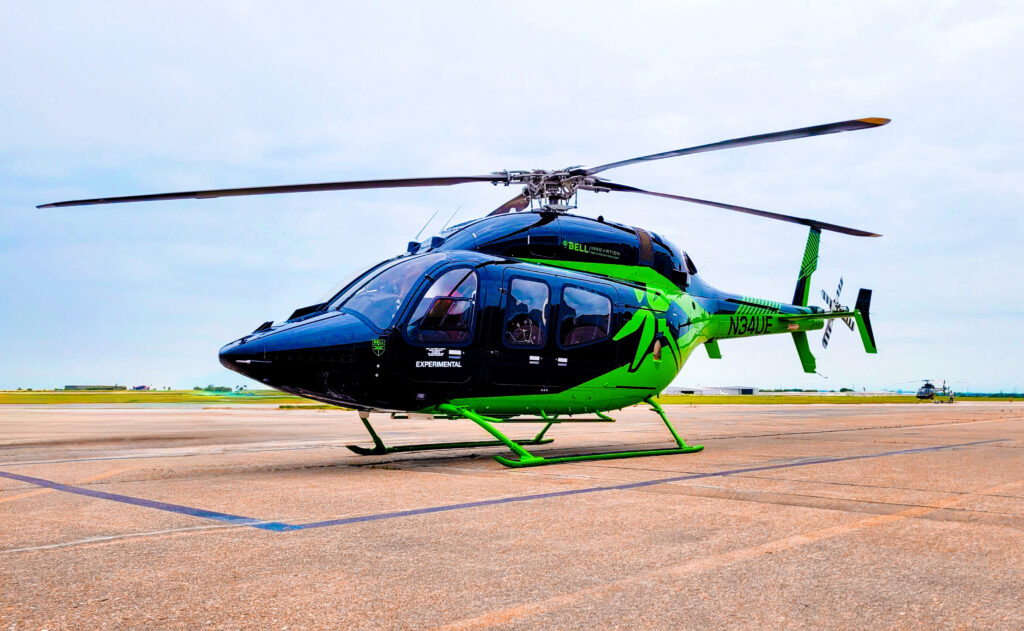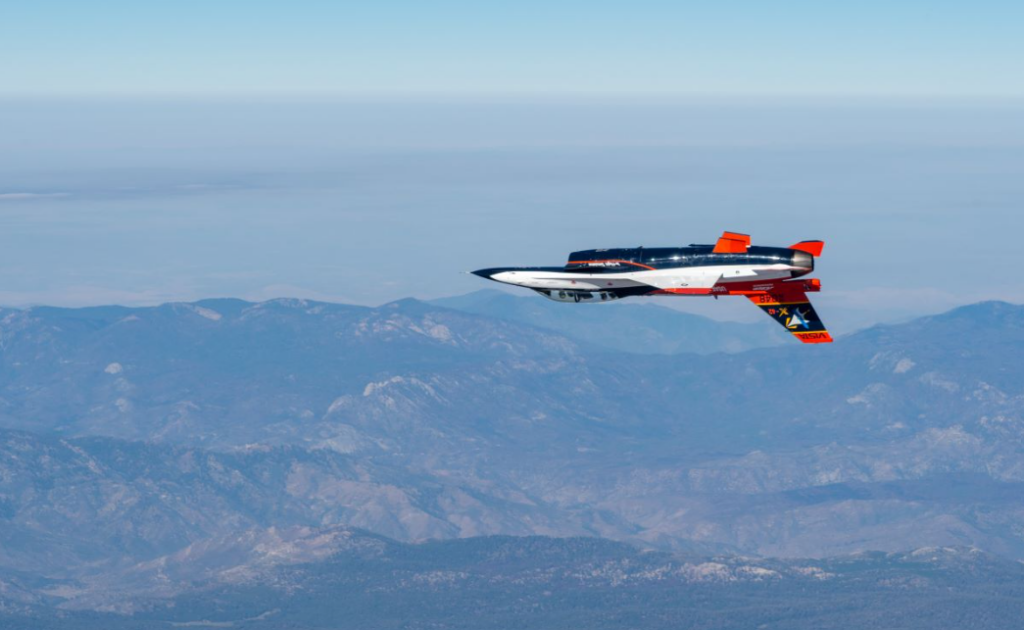
Santa Cruz, CA, May 02, 2024 — Joby Aviation, Inc. (NYSE:JOBY), a company developing electric air taxis for commercial passenger service, today announced it has successfully completed its pre-production prototype flight test program and is now focused on the next phase of flight testing, during which the Company will use its production prototype aircraft to prepare for upcoming for-credit flight testing.
Joby first began flying full-scale pre-production prototype aircraft more than four years ago, and the Company’s two pre-production aircraft subsequently completed more than 1,500 flights, spanning a total distance of over 33,000 miles, including more than 100 flights with a pilot onboard. The second pre-production aircraft also completed the first electric air taxi exhibition flights in New York City, when it flew from the Manhattan Downtown Heliport over the Hudson River in November 2023.
“Over the course of this test program, our team has shown the world how real electric air taxis are, with tens of thousands of miles flown using today’s battery technology,” said JoeBen Bevirt, Founder and CEO of Joby. “Our pre-production aircraft were the second full-scale generation of Joby’s design, and their performance met or exceeded our predictions throughout the program, successfully achieving our targets for maximum range, speed, and a revolutionary acoustic footprint.”
“Successfully completing this rigorous test program has allowed us to proceed to ramp production with full confidence, the second of which rolled off the line at our production line in Marina, California, earlier this week. Learnings from the flight test program have been invaluable to our certification program and to the broader development of regulatory frameworks around electric VTOL aircraft, validating the performance, safety, and acoustics of our design while providing insight into daily operations and maintenance.”
In 2021, Joby demonstrated a flight of 154.6 statute miles on a single charge, including a vertical take-off and landing.
In 2022, Joby partnered with NASA to measure and confirm its aircraft’s revolutionary quiet acoustic footprint, which the Company believes will barely be heard in cruise flight against the ambient environment of cities. Joby also demonstrated speeds exceeding 200 miles per hour and flight at altitudes exceeding 10,000 feet above mean sea level.
In 2023, Joby expanded its flight test program to include flights with pilots on board the aircraft, as well as completing the first-ever exhibition flight of an electric air taxi in New York City. Joby also trained four U.S. Air Force pilots to become the first Air Force personnel to fly an eVTOL aircraft through a full flight profile, including the transition from vertical to wingborne flight, as sole pilot-in-command.
And in 2024, in partnership with the Federal Aviation Administration (“FAA”), Joby completed 31 pilot-on-board flights in two days, demonstrating the aircraft’s operational characteristics and precision landing capabilities.
James Denham, Joby Chief Test Pilot, commented: “Over the past four years, we thoroughly tested and studied our aircraft in flight, from precision landing and outwash to human factors. We often flew multiple flights per day, demonstrating our ability to fly in a wide variety of weather and operational conditions. As a result, we have the most experienced and professional eVTOL flight test team in the world, and I’m proud to be a part of this program.”
Joby’s second pre-production prototype aircraft will be used for research-and-development on future aviation technologies.
Joby’s electric air taxi is designed to carry a pilot and four passengers at speeds of up to 200 mph, offering high-speed mobility with a fraction of the noise produced by helicopters and zero operating emissions.
The post Joby Progresses to Next Phase of Aircraft Flight Test Program – May 2 appeared first on Avionics International.
—————
Boost Internet Speed–
Free Business Hosting–
Free Email Account–
Dropcatch–
Free Secure Email–
Secure Email–
Cheap VOIP Calls–
Free Hosting–
Boost Inflight Wifi–
Premium Domains–
Free Domains










